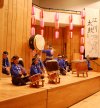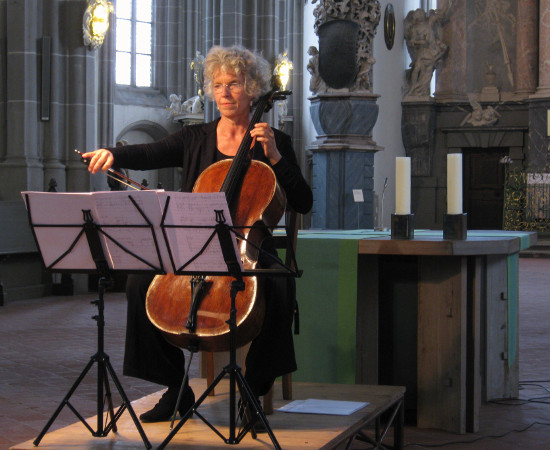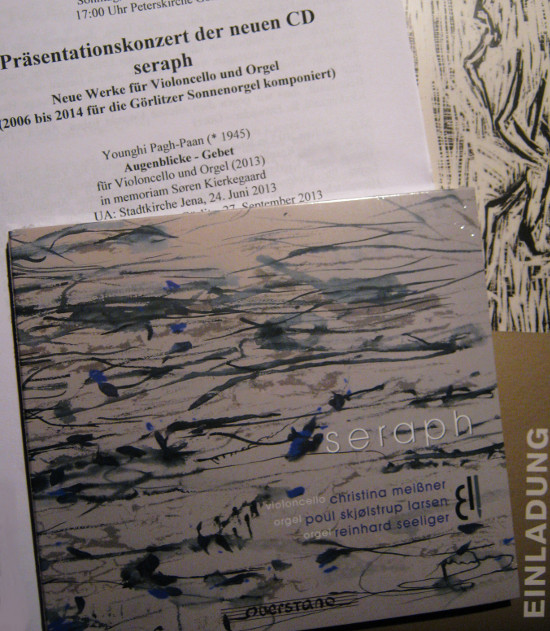Good point! I understand that. But it's also not a complete contradiction to my thought. Normally you will listen to taiko drums at home with a reduced volume and bass depth so that it is still pleasant. Big taiko drums were also used in ancient Japan to frighten the enemy in battle. Usually they are not played in a small room but outdoors.
Straying somewhat from the topic, one of my standard test recordings is Suicide Season by the UK band Bring Me The Horizon (it won't be on your playlist I expect, but indulge me) from their middle (post metalcore, but pre pop) period. An entirely adequate system will reproduce this material at realistic volume with sufficient clarity to converse (between sonic peaks at least) and with visceral slam. I don't have an entirely adequate system at home, which is presumably your point, but I would like to at some stage, and one certainly can acquire and set up such equipment.
But, on topic now, beneath the regular bass line, that material contains occasional deep bass synth notes for emphasis. Now my system can do that well enough for me to get the feeling/intention of the material. As BMTH will not be to anyone's taste here, we can traverse the popular music spectrum to another UK group, London Grammar (who will be familiar to many). They are more genteel, but also employ deep synth bass notes. Are either of those artists still enjoyable played at less than full (frequency) range? Of course. Do most people listen to them that way? Probably. But are we missing something when we do that? Absolutely.
Last edited:







